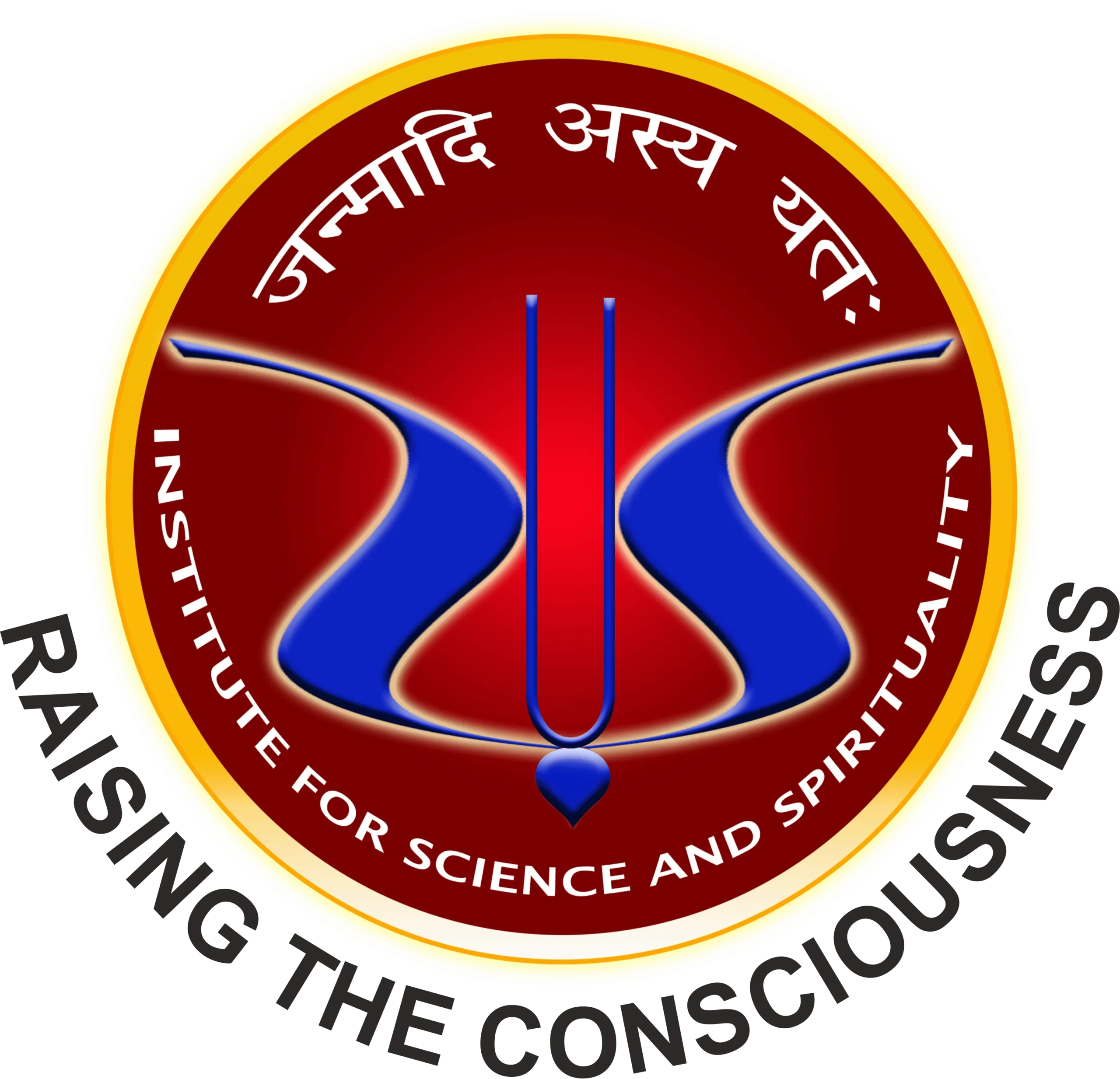Research
Fundamental Science
Meditation & Mental Health
Meditation is a contemplative practice common in all major religions. The goal of meditation has been disentangling one's self from the externals. Thus, serenity and tranquility of mind, absolving obessesive thoughts ......
Perception
As our sensory receptors continually gather information from the surroundings, it is the interpretation of this information that shapes our interactions with the world. Perception encompasses the organization, interpretation ......
Geometry of Mental States
In our ordinary perception, the dynamics of gross objects are modelled using classical and quantum laws. The mathematical descriptors in that model assume ontological equivalence with the the real objects. Thus, the reality ......
Reincarnation Research
Belief in an afterlife is widespread across various cultures and religions. Recent research by Moraes et al. presents global survey data on the prevalence of this belief, ranging from 51% in Japan to 98% ......
NDE and OBE
Near-death experiences (NDEs) take place when individuals are severely physically compromised, often being unconscious, comatose, or clinically dead. Analyzing NDEs from both medical and logical viewpoints ......
Gaudiya Vaishnava Philosophy
Bhāgavat Sāṅkhya
The Sāṅkhya tradition holds a significant position in the intellectual history of India, being one of the oldest and most influential systems of thought. Its foundational concepts—including prakṛti, puruṣa, buddhi, ahaṅkāra, manas ......
Works of Gauḍīya Ācāryas
Generally, the followers of Śrī Caitanya Mahāprabhu are known as Gauḍīya Vaiṣṇavas, belonging to the Mādhva sampradāya in the lineage of Mādhavendra Purī. Although Śrī Caitanya Mahāprabhu did not personally ......
Bhāgavatam and Society
The Śrīmad Bhāgavatam stands as a revered scripture, playing a pivotal role in uniting the diverse cultural tapestry of India. Its influence is profound across various domains. Religiously, it serves as a unifying force ......

